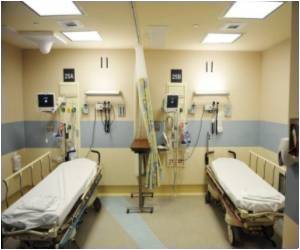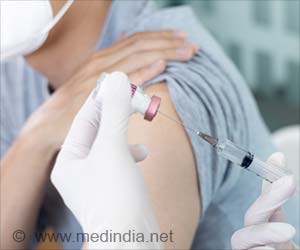A retrospective study was done to determine the role of positive catheter cultures in predicting subsequent blood stream infection.

PCC was defined by a quantitative culture of a swab from the catheter’s distal tip that yielded ≥103 colony-forming units/Ml.
‘Subsequent BSI’ was a reference to the identification of the causative microorganism of the PCC, in the culture of the peripheral blood of the patient taken between day 3 and day 30 after catheter removal.
Numerous studies done earlier on ICU patients, have evaluated the diagnostic significance and accuracy of the positive catheter culture (PCC) in detecting subsequent blood stream infection (BSI) from catheters. These studies indicate that a PCC may be considered as a warning signal.
A total of 138 isolated PCCs yielding 149 selected pathogenic microorganisms inserted in 109 patients were studied.
Arterial, venous, and dialysis catheters, that were inserted for 24 hrs and later removed in ICU patients who survived >48 hrs after catheter removal, were considered for the study.
Catheters with isolated PCCs yielding selected pathogenic microorganisms were included in the study.
Data was collected from the records of all ICU patients whose catheters were study samples. Positive blood cultures were singled out from the bacteriology record.
Antimicrobial catheters are not employed in this ICU.
Antibiotic (AB) treatment was usually on the day of catheter removal and also within 48 hrs before and after removal. To what extent it affected the subsequent BSI is not easily discernable.
Results & Conclusion
The study found that isolated PCC is associated with a low risk of developing subsequent BSI within the 30 days of hospital convalescence after catheter removal.
The results of similar studies vary widely due to discrepancies in population, study design, in the causative organisms, indwelling duration, in the AB used in treatment.
To some extent the causative organism played a role in bringing about subsequent blood infection. For example S.aureus and candida were more involved in infections.
The study also suggests that in patients with such isolated PCC antibiotics must not be systematically administered as a measure to stop a possible subsequent BSI.
Reference:
Medscape
Critical Care Medicine 2011.
Source-Medindia










